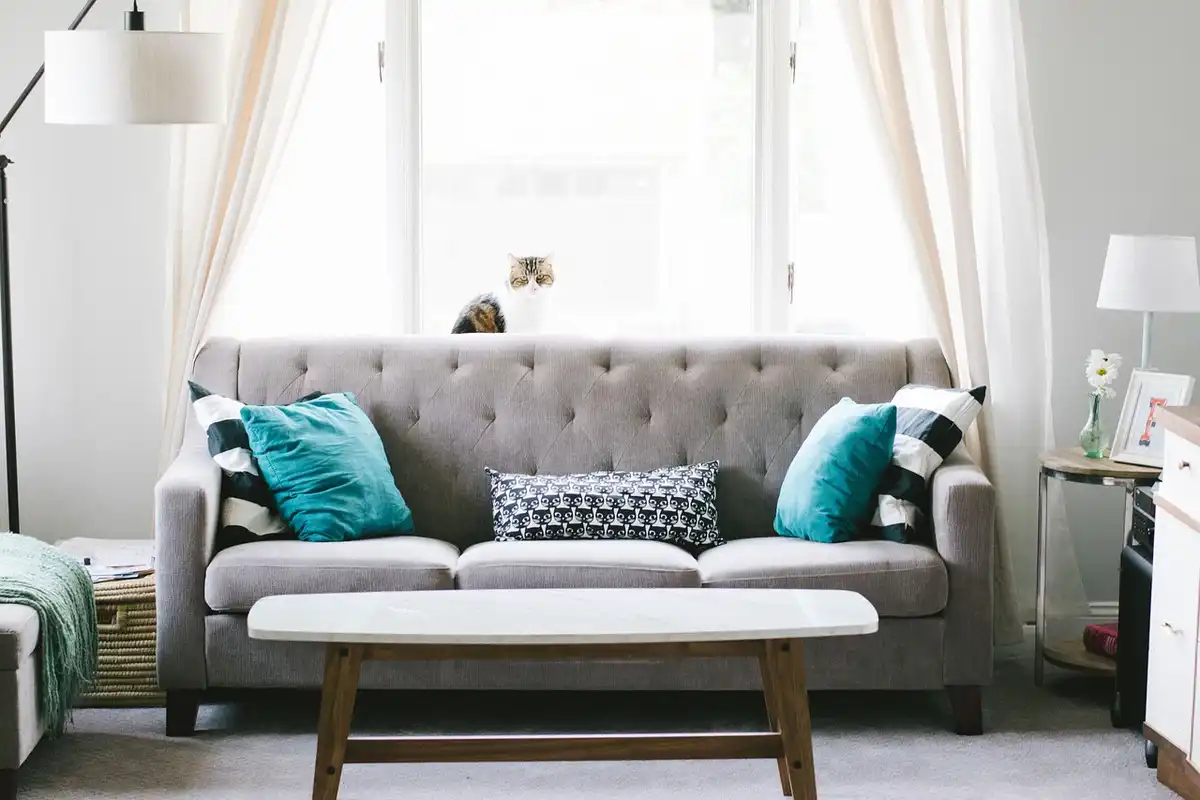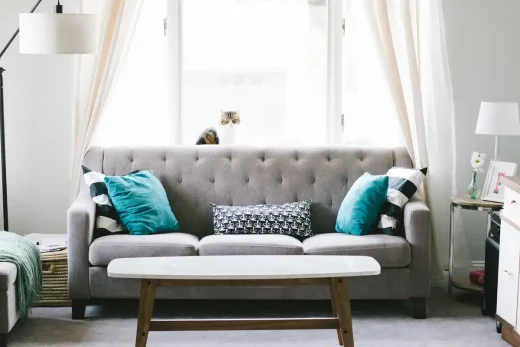High-density foam in modern interior design, Durable materials for home
High-Density Foam in Modern Interior Design
5 September 2024
The Role of High-Density Foam in Modern Interior Design: Comfort, Durability, and Aesthetics
In the world of interior design, the materials chosen play a crucial role in defining the look, feel, and functionality of a space. Among these materials, foam with a higher density has emerged as a vital component, offering a blend of comfort, durability, and aesthetic appeal. As modern interior design trends lean toward creating spaces that are not only beautiful but also functional and long-lasting, this type of foam has become a go-to material for designers and homeowners alike.
Foam with a higher density is valued for its versatility and ability to maintain its shape over time, making it an ideal choice for furniture, bedding, and other home essentials. It provides the necessary support without compromising on comfort, ensuring that pieces remain both practical and visually appealing. The durability of this material also means that it can withstand daily wear and tear, which is especially important in high-traffic areas of the home. As consumers and designers seek out materials that offer both form and function, this foam has proven to be a valuable asset.
The Benefits of Foam in Furniture Design
When it comes to furniture, the use of foam offers numerous benefits that cater to the needs of both designers and end-users. This material is particularly favored for its resilience and longevity, qualities that are essential for pieces like sofas, chairs, and mattresses that see regular use. It is engineered to provide consistent support, preventing sagging and maintaining the integrity of the furniture over time.
Incorporating foam into furniture design allows for a level of customization that is difficult to achieve with other materials. Because it can be easily shaped and cut to fit specific dimensions, it offers designers the flexibility to create bespoke pieces that meet the exact needs of a space. This is where the keyword “high density foam” becomes particularly relevant. With the ability to have foam cut to size, designers can craft unique furniture items that align with the aesthetic vision of the project while ensuring that comfort and durability are not compromised.
Moreover, the aesthetic versatility of this material means it can be used in various design styles, from minimalist and modern to traditional and classic. Its ability to be upholstered in a wide range of fabrics and finishes adds to its appeal, making it a preferred choice for designers aiming to achieve a cohesive and polished look. Whether used in a sleek, contemporary sofa or a plush, tufted headboard, foam enhances the visual and tactile experience of the furniture.
Durability and Longevity: Why Foam Is a Smart Investment
One of the most compelling reasons to choose this material in interior design is its exceptional durability. Unlike lower-density options, which can break down and lose their shape over time, this foam is designed to withstand years of use without significant degradation. This makes it an excellent investment for homeowners looking to purchase furniture that will stand the test of time.
This foam’s structure is made up of tightly packed cells, which give it its signature firmness and support. This density ensures that the foam remains resilient, even under continuous pressure, which is why it is often used in high-use items such as seating cushions and mattresses. Additionally, this foam’s resistance to compression and indentation means that it retains its shape and comfort level for much longer than other materials. For homeowners, this translates to fewer replacements and repairs, making it a cost-effective choice in the long run.
Another advantage is its resistance to moisture and mold, which can be a concern in certain climates or for specific applications, such as outdoor furniture. The material’s dense structure prevents the absorption of liquids, reducing the risk of mold and mildew development, and contributing to the longevity of the furniture. This characteristic also makes it a hygienic choice for bedding and seating, where cleanliness and health are paramount.
Enhancing Aesthetics: The Visual Appeal of Foam
While functionality and durability are critical, the aesthetic appeal of this material should not be overlooked. Foam offers a smooth and even surface, which is ideal for achieving a refined and sophisticated look in furniture design. The uniformity of this material allows for precise upholstery, resulting in clean lines and a professional finish that enhances the overall appearance of the furniture.
The ability to customize foam to specific shapes and sizes also plays a significant role in its aesthetic versatility. Designers can create intricate and detailed pieces that fit perfectly within a space, adding to the room’s visual harmony. Whether crafting a minimalist bench or an ornate chaise lounge, foam provides the foundation needed to bring the designer’s vision to life.
Furthermore, this material’s compatibility with a wide range of fabrics and coverings means that it can easily adapt to different design themes and color palettes. Whether the goal is to create a bold statement piece or a subtle, understated element, foam offers the flexibility needed to achieve the desired look. This adaptability makes it a staple in modern interior design, where the ability to personalize and innovate is highly valued.
Conclusion
Foam has firmly established itself as a cornerstone in modern interior design, offering a perfect balance of comfort, durability, and aesthetics. Its resilience and long-lasting nature make it an excellent choice for furniture that must endure daily use while maintaining its form and function. The visual appeal and customization options provided by foam further enhance its value, allowing designers to create beautiful and functional spaces that meet the needs of today’s homeowners.
As the demand for high-quality, durable, and aesthetically pleasing interior design solutions continues to grow, foam remains a top choice for those looking to invest in materials that offer both longevity and style. Whether used in seating, bedding, or decorative accents, foam is a versatile and reliable material that plays a crucial role in the creation of comfortable and beautiful living environments.
Comments on this guide to High-density foam in modern interior design article are welcome.
Location: UK
Building Tours Selection
British Architectural Walking Tours
Danish Architecture Walking Tours
Dutch Architectural Walking Tours
Comments / photos for the High-density foam in modern interior design advice page welcome.

